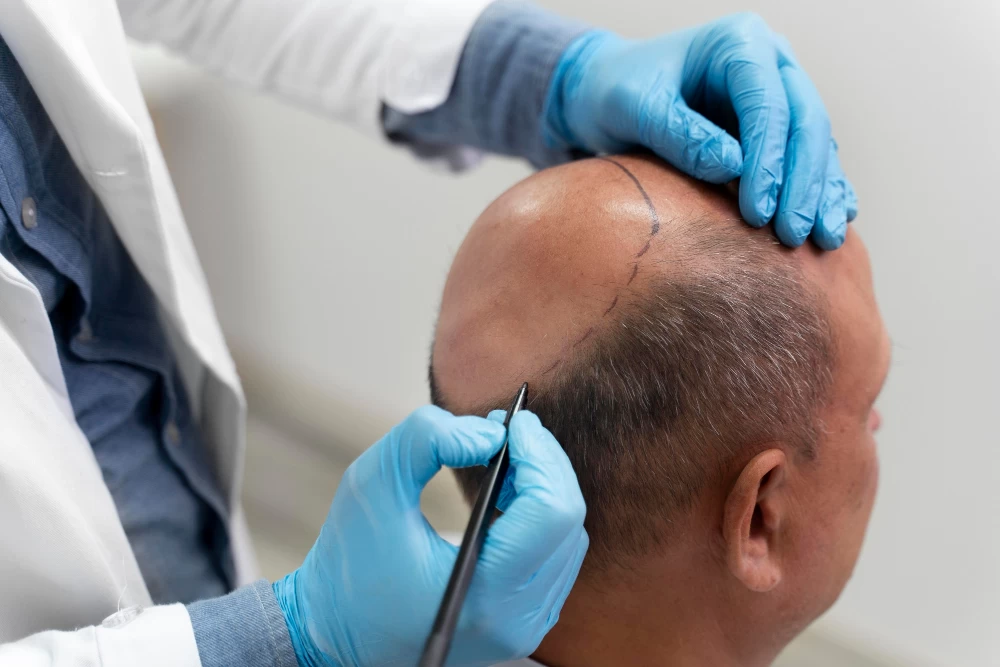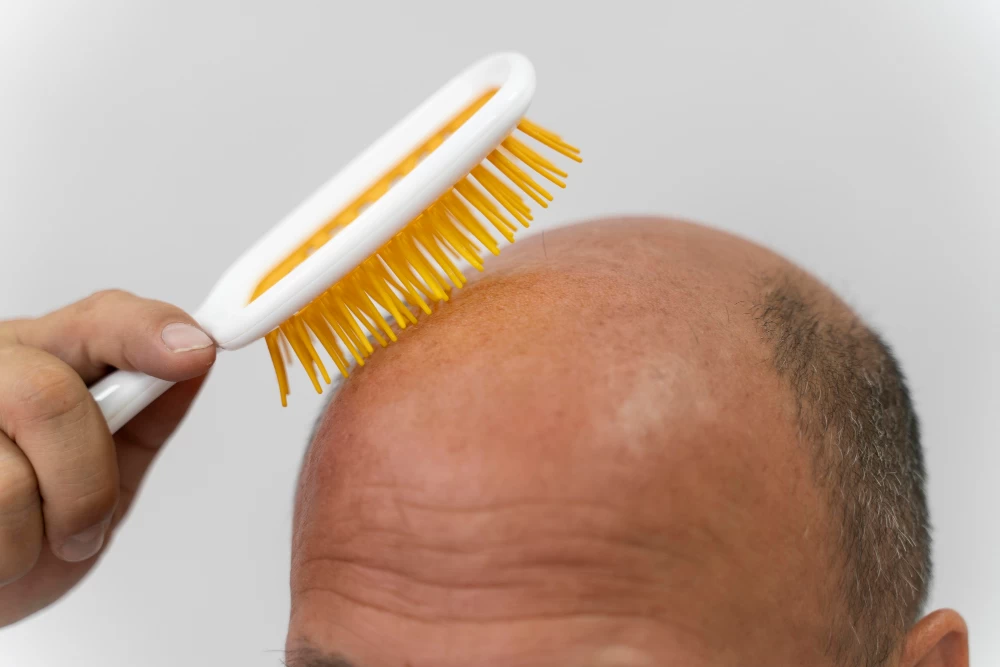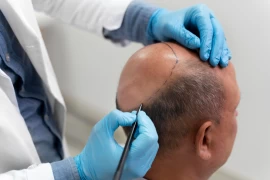
New Approaches in Hair Transplantation Treatment
- New Approaches in Hair Transplantation Treatment
- Introduction to Hair Loss
- Why Does Hair Shedding?
- What Are the Hair Transplantation Methods?
- In Conclusion
Introduction to Hair Loss
Hair loss is a common issue that many people experience. Hair loss can occur due to various reasons such as genetic factors, hormonal changes, health conditions, or aging. This condition can lead to a loss of self-confidence and psychological stress for many individuals. Fortunately, advancements in the field of medicine have paved the way for new approaches in hair transplant treatments. In this article, we will explore some of the recent innovations in hair transplant treatment.
Why Does Hair Shedding?
Hair loss can stem from various factors. Here are some common causes of hair loss:
- Genetic Factors: The most common cause of hair loss is genetic predisposition. Male pattern baldness, also known as androgenetic alopecia, is the most prevalent type of hair loss in men. It is caused by genetic factors that result in the gradual thinning and weakening of hair follicles.
- Hormonal Changes: Hormonal changes can also contribute to hair loss. In particular, hormonal fluctuations in women can lead to hair loss. Events such as pregnancy, postpartum period, and menopause can cause changes in hormone levels, which can trigger hair loss.
- Aging: Hair loss is a natural part of the aging process. As hair follicles age, they become weaker, leading to reduced hair production. This can result in thinning, sparse hair, and increased hair loss.
- Stress and Psychological Factors: Intense stress, trauma, or psychological factors can also contribute to hair loss. Temporary hair loss, known as telogen effluvium, is often observed a few months after a stressful event. Additionally, a condition called trichotillomania, which involves compulsive hair pulling behaviors, can cause hair loss.
- Health Conditions and Medical Treatments: Certain health conditions and medical treatments can cause hair loss. For example, thyroid problems, hormonal imbalances, and autoimmune diseases can contribute to hair loss. Cancer treatments like chemotherapy can also lead to hair loss by affecting hair follicles.
- Nutrition and Vitamin Deficiencies: Unhealthy diet and inadequate intake of vitamins and minerals can contribute to hair loss. Vitamins and minerals crucial for hair health, such as iron, zinc, biotin, vitamin A, vitamin C, and vitamin E, are essential. When these nutrients are deficient, the risk of hair loss increases.
- Hair Care and Styling: Hair care and styling practices that involve frequent heat styling, tight hairstyles, or excessive hair dyeing can also contribute to hair loss. These practices can weaken the hair, leading to breakage and hair loss.
The causes of hair loss can be complex, often involving multiple factors.

What Are the Hair Transplantation Methods?
- Follicular Unit Extraction (FUE) Technique: FUE is one of the most commonly used techniques in hair transplant treatments and has gained significant popularity in recent years. In this technique, individual follicular units are extracted from the scalp and then transplanted into the recipient area. FUE is preferred due to its less invasive nature and minimal scarring. It is also known for its shorter recovery time and faster hair growth.
- Direct Hair Implantation (DHI) Technique: DHI is a method where hair follicles are directly implanted into the recipient area, differing from traditional hair transplant techniques. In this technique, hair follicles are collected using a specialized device and directly placed in the target area. DHI is favored for its faster recovery time and potential for achieving natural results. Additionally, the reduced time of contact between hair follicles and external factors contributes to the preservation of the follicles' health.
- Robotic Hair Transplantation: Technological advancements have enabled the use of robotic systems in hair transplant treatments. Robotic hair transplantation involves the use of computer-controlled robots to perform the hair implantation process. This technology offers the ability to make more precise and accurate graft placements. Robotic systems can collect and transplant hair follicles at a faster pace, allowing for more grafts to be transplanted within a shorter timeframe. Although Robotic Hair Transplantation, which has been very popular in our country and other countries in the past years, is considered more advantageous in theory, it has been turned to classical methods again because the planted follicles could not be sufficiently productive.
- Stem Cell Therapy: Stem cell therapy holds promise in the field of hair transplantation. Stem cells have the potential to revive and stimulate the growth process of hair follicles. This treatment aims to target root-level issues that cause hair loss. Stem cell therapy can accelerate the post-transplantation healing process and promote healthier hair growth.
- Percutaneous (Minimally Invasive) Hair Transplantation: Percutaneous hair transplantation is a less invasive approach performed using a specialized instrument. In this technique, hair follicles are placed under the skin through smaller incisions. This method can expedite the recovery process, minimize scarring, and ensure the healthy placement of hair follicles.
In Conclusion
Hair transplant treatment continues to advance with new approaches and technological developments. Techniques such as FUE, DHI, and robotic hair transplantation offer advantages such as faster recovery time, natural results, and higher graft implantation capacity. Additionally, new treatment methods like stem cell therapy hold promise in combating hair loss. These innovations can provide individuals experiencing hair loss with more options and positive outcomes, thereby improving their quality of life.
Stay healthy…


